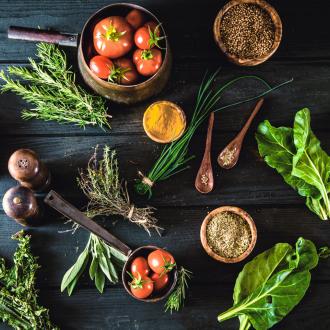Eating healthy and sustainable food
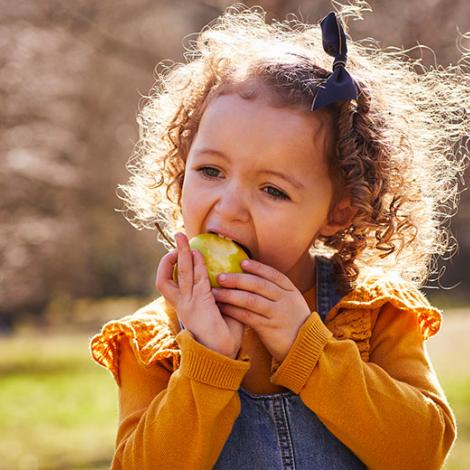
Planning and shopping smarter can help you to reduce the amount of food you waste. This is a really easy and effective thing you can do from your home to help tackle climate change and reduce your carbon footprint.
By making healthy, sustainable food choices and eating greener we can all play our part in helping Scotland reach its net zero target. Net zero is when the amount of greenhouse gas emissions we put into the atmosphere and the amount we’re able to take out adds up to zero. Plus, if we eat well, we feel better too. A healthy, balanced diet can help us maintain a healthy weight and keep us fighting fit.
Find out more about Scotland’s food and drink
Your Guides
Your Guides
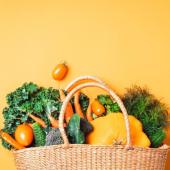
Guide 1
Food planning tips to reduce waste and save money
Planning and shopping smarter can help you to reduce the amount of food you waste
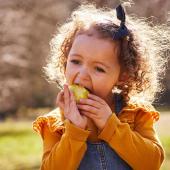
Guide 2
Eating healthy and sustainable food
Producing food is big business. To grow, make, transport, store and cook our food is an energy intensive process and unsurprisingly, one which generates greenhouse gas emissions that contribute to climate change.
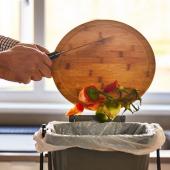
Guide 3
Recycling food waste
The best thing we can do is not waste food at all. When we waste food, we also waste the energy and resources that went into producing, transporting, storing and cooking it.
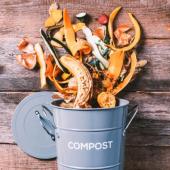
Guide 4
How to compost at home
If your local authority doesn't offer a food waste recycling service, you can recycle your food waste in a composting bin or a compost heap.
Take action starting now
To achieve net zero by 2045, we must take action now. Start here to find ways that you can make changes in your life at home and on the go.




